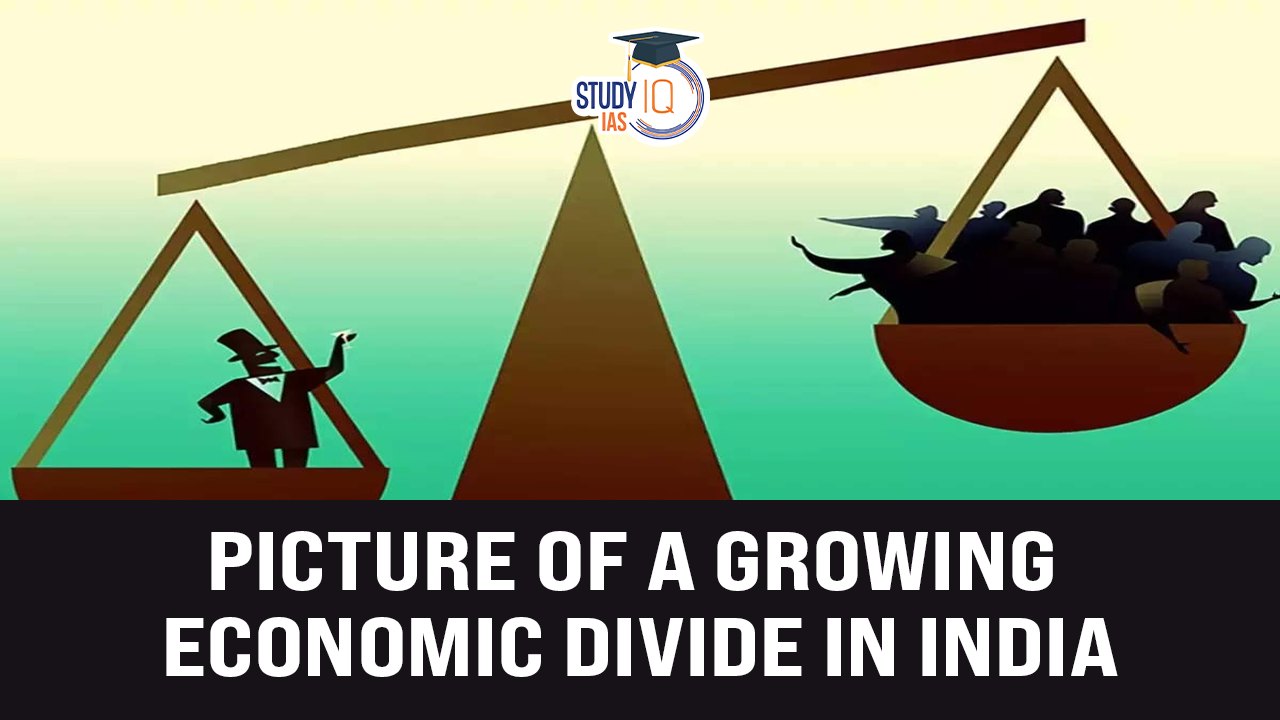Table of Contents
Context
- The Economic Advisory Council to the Prime Minister (EAC-PM) released a paper titled, ‘Relative Economic Performance of Indian States: 1960-61 to 2023-24’.
- It presents the share of each State in the country’s income and the per capita income compared to the all-India average.
Key Observations and Data on State Contributions
- Maharashtra stands as the largest economic contributor, with its per capita income being 1.5 times the national average.
- However, this average hides the state’s own disparities: while Mumbai is wealthy and heavily taxes, Vidarbha struggles with deep poverty and farmer suicides.
- Top Performers: States in the west and south have shown better economic growth and development.
- Lagging Regions: Eastern states and most northern states, except from Haryana and Delhi, lag behind in terms of income and development.
Historical and Policy-Driven Causes of the Divide
- Shift Since Liberalisation (1991): Economic liberalisation in 1991 spurred growth in many southern and coastal states that resulted in attracting more investments to these areas.
- Investment Trends:
- Investment Drives Economic Growth: States with higher levels of investment tend to have stronger economies.
- Public vs. Private Investment: While the government sometimes invests in less profitable areas for development, private companies prioritise regions with guaranteed profits, often larger cities and coastal areas that offer easier access to markets and resources.
- Geographic and Political Influence on Growth:
- Market Access: Coastal and urban areas attract more investment, while inland or remote regions struggle to draw interest from private investors.
- Special Cases (West Bengal and Kerala): Both states’ histories of labour strikes and strong Left movements and labour militancy have discouraged private investments.
- Border State Constraints: Border regions also face lower investment levels due to security issues and, in some cases, insurgency concerns.
- The Role of Financial Sector Post-1991: After liberalisation, household savings began flowing more towards wealthier states that offered better returns on investments, leaving poorer states with a lower credit-to-deposit ratio, which hurt their economic growth.
- Organised vs. Unorganised Sectors: Policies favouring the organised sector have drawn investment to wealthier states, where larger companies operate more easily.
- This has left poorer states, where unorganised labour is prevalent, struggling to keep pace.
Impact on Federalism
- Demand for Fairer Resource Sharing: Recently, representatives from wealthier states demanded for a fair share of resources from the Centre because they contribute more to the national revenue than they receive back.
- g., In the year 2000 a ‘Conclave of the successful’ was conducted to protest the devolution by the Eleventh Finance Commission.
- Political Influences on Investment: Some states argue that the Centre’s investments tend to favour regions aligned with the ruling party, while “Double Engine Sarkar” policies often prioritise favourable states, compounding regional divides.
- Corruption and Governance Challenges: In poorer states, higher levels of corruption and black-market activities dampen investment climate that undermines their growth potential.
Suggested Solutions for Reducing Disparities
- Balanced Policy for Inclusive Growth:
- Improving State Governance: States need to work on reducing corruption and improving administration.
- Higher Social Spending: More investment in health, education, and welfare in underperforming regions can drive local development.
- Support for the Unorganized Sector: Government focus should shift toward strengthening the unorganised sector in poorer states, where many people depend on it for their livelihood.
- Stimulating Demand and Attracting Investment: Increasing demand in these regions can gradually attract private investments, stimulating growth from within rather than relying solely on external investment.
- Bottom-Up Development for Balanced Growth: The report emphasises that reducing regional disparities is essential to strengthening India’s federal unity.
- By addressing economic divides, both richer and poorer states can continue to grow, creating a more balanced, cohesive nation.


 GPS Spoofing and Its Impact in India: A ...
GPS Spoofing and Its Impact in India: A ...
 Amrit Gyaan Kosh Portal: A Comprehensive...
Amrit Gyaan Kosh Portal: A Comprehensive...
 UpLink Initiative: Launched by World Eco...
UpLink Initiative: Launched by World Eco...





















